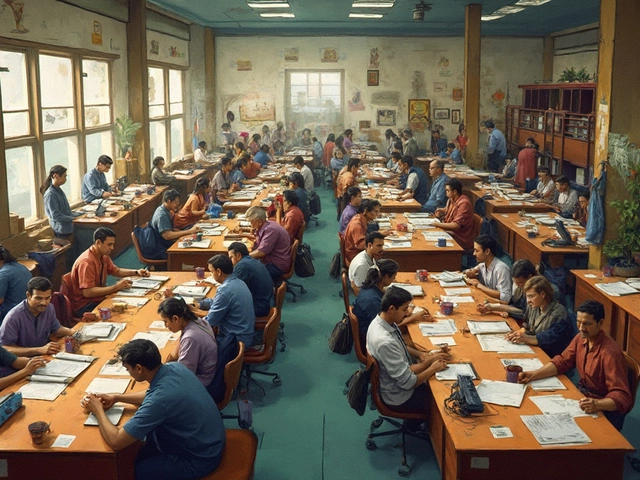Professional Dress
When navigating professional dress, the set of clothing and grooming choices expected in a work environment. Also known as workplace attire, it shapes first impressions and daily confidence. Business attire, formal outfits such as suits, blazers, and dress shirts often required in corporate offices is one common style, while dress code, the written or unwritten rules an organization sets for employee clothing dictates what’s acceptable. For those stepping into a new job or an interview, interview attire, the polished look that signals seriousness and fit for the role becomes especially critical. Professional dress isn’t just about looking good; it’s a communication tool that tells colleagues, clients, and managers you respect the setting and understand the culture.
Key Dress Code Types and Their Impact
Most organizations fall into a few broad categories: formal, business casual, smart casual, and uniformed. Formal environments—think law firms or investment banks—typically require a suit, tie, and polished shoes. Business casual relaxes the tie but keeps slacks, button‑down shirts, and closed‑toe shoes. Smart casual blends neat jeans or chinos with a blazer or crisp top, suitable for tech startups or creative agencies. Uniformed roles, such as hospitality or healthcare, have specific garments that reinforce brand identity and safety. Each type encompasses distinct clothing pieces, requires varying levels of grooming, and influences how employees are perceived. For example, a well‑fitted blazer can boost credibility in a business casual setting, while overly formal wear in a start‑up might signal rigidity. Understanding these nuances helps you align your wardrobe with the expectations of the specific workplace you’re entering.
Beyond the basic categories, subtle details matter. Color choices convey tone—navy and charcoal suggest authority, while lighter shades can appear approachable. Fit is non‑negotiable; a too‑tight jacket or baggy pants instantly undermine polish. Grooming—clean hair, trimmed nails, modest accessories—acts as the finishing layer that completes the look. Many companies also have seasonal adjustments: lighter fabrics in summer, layered pieces in winter. By paying attention to these attributes, you can adapt quickly and maintain a consistent professional image year round. This adaptability not only improves daily confidence but also signals to managers that you’re attentive to detail, a trait valued across roles.
When you combine the right clothing with appropriate grooming, you set the stage for career growth. Studies from HR firms show that employees who consistently meet dress expectations receive more positive performance feedback and are considered for leadership tracks sooner. Moreover, a clear understanding of the dress code reduces anxiety during meetings, presentations, and client interactions, allowing you to focus on substance rather than appearance. In the articles below you’ll find practical advice on choosing the right suit, mastering business casual, preparing interview outfits, and navigating dress codes across industries. Whether you’re a fresh graduate, a mid‑career professional, or a seasoned executive, the guidance here will help you dress for the job you want, not just the job you have.
What to Wear to a Government Job Interview: Dressing for Success
0 Comments
Not sure what to wear to your government job interview? This article breaks down practical tips, common mistakes, and real examples so you can show up confident and ready. Dress codes for government jobs have their quirks, and we’ll show you exactly what does (and doesn’t) work. Discover how what you wear actually impacts first impressions. We’ll get direct about outfit choices for both men and women. Master your interview look without the stress.
Read More




